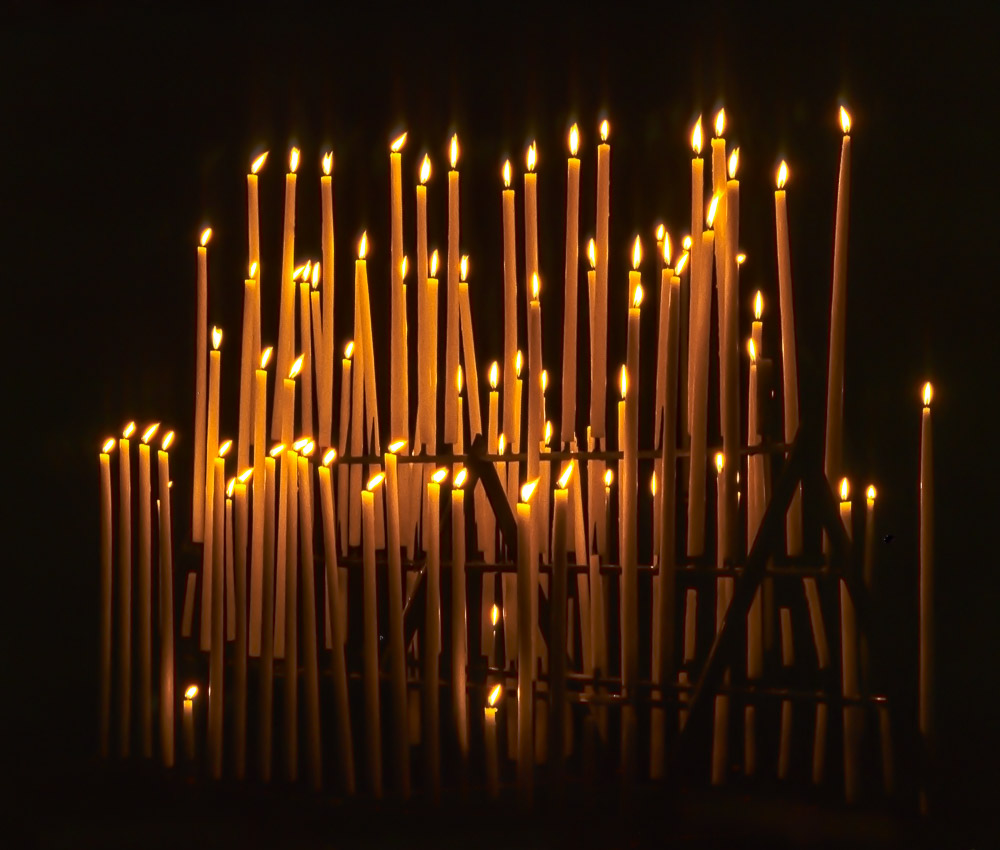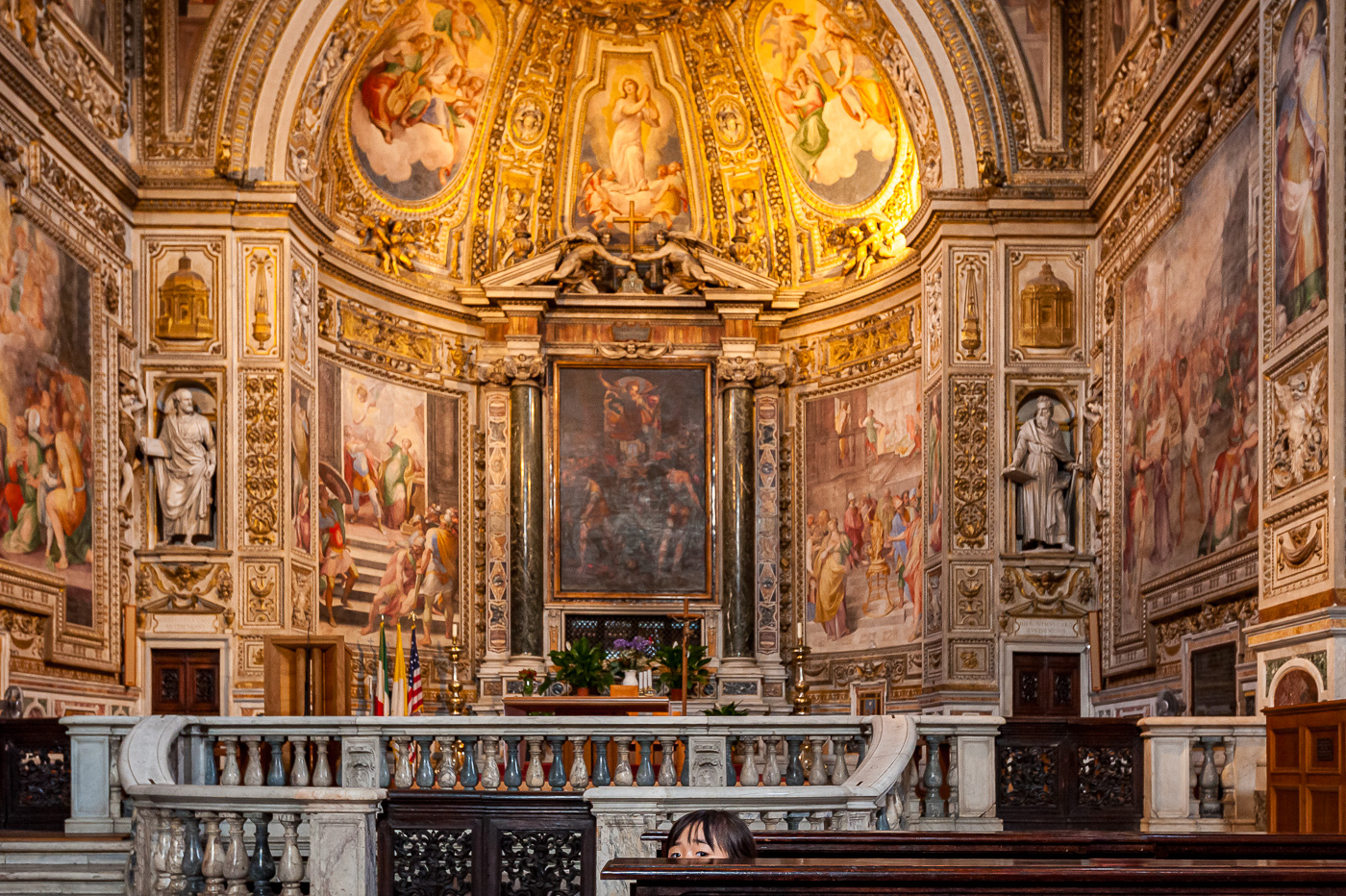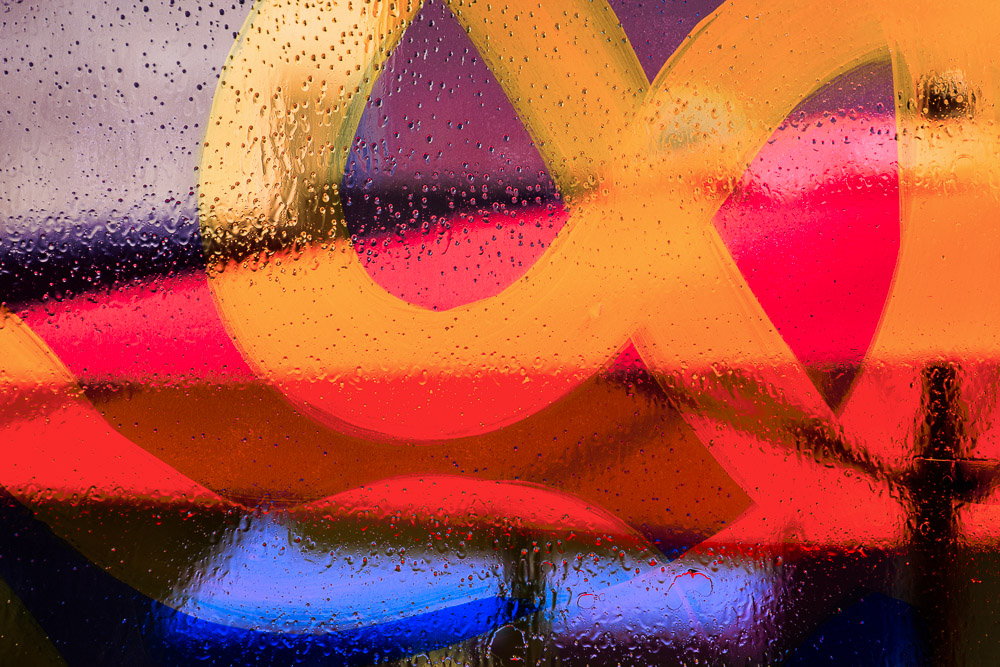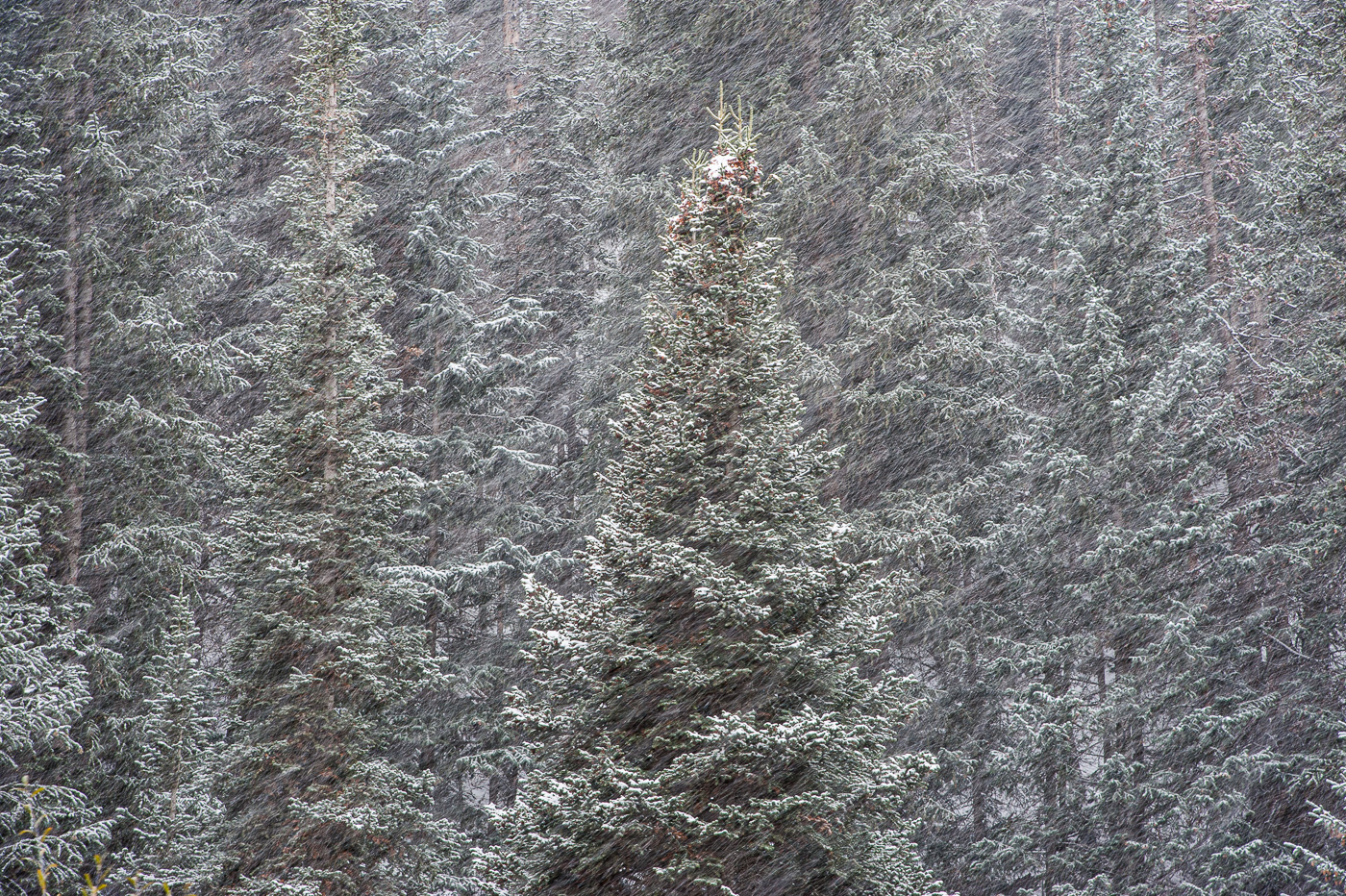Would you still take this shot if no one ever saw it? The answer to that can tell us important things about our goals and motivation.
There are many reasons for shooting images. I am focusing on “serious” pictures. Not just selfies or simple travel pictures or sunsets. Rather, ones where we are motivated to put our best effort into it because it is important to us. Where we are trying to create something lasting.
Shoot for hire
Some photographers are hired to create images for a client. It may be commercial photography or weddings or other things. but the result is that you will shoot images as specified by the client. They expect to see most if not all of the shoot.
This is a good way to earn money and build a reputation. If you can impose some of your style and personality on the result, it can also be a creative outlet. But ultimately, the client dictates.
In the context of this article, the point is that the client expects to see most of your shots. They will pick the ones they want to use.
 ©Ed Schlotzhauer
©Ed Schlotzhauer
Shoot for a competition
Sometimes we shoot for a competition. Whether it is International Photographer of the Year or your local camera club monthly contest, the process is generally the same.
We probably are given a subject or genre to focus on. We may have a deep catalog of relevant images to choose from, or we may go out and shoot specifically for the contest.
But ultimately, we will have to go through the painful process of deleting all except the one (or 5 or 10, depending on the contest) that will be submitted. Then it will be judged and, hopefully, shown to the “world” as a winner.
The point is that this is an outward focused process. The result of the exercise is to carefully present our star image to the world to compete. Sometimes we even study past winning images and the judges to try to game the system and give ourselves an edge.
The goal is to win in a public arena. Maybe at the expense of what we really like best.
 ©Ed Schlotzhauer
©Ed Schlotzhauer
Shoot for exposure
Many believe the siren song of “likes”. That lots of clicks, comments, and followers makes us a “real” artist, maybe even important.
I am having to talk here from what i have observed. I do not personally participate in this. Sorry if I overstate it.
I will just ask what has that social media presence earned you, versus what it has cost you? Becoming well-known and widely followed, maybe even becoming an ‘influencer”, is usually a long process with lots of time and effort. It involves learning the algorithms used by your social media channels of choice and trying to optimize for them. Maybe this involves conforming to the type of work that is popular with their viewers. The things that usually get “likes’.
This may not be the work you resonate with. Perhaps your real creative work is unpublished.
Keeping up with this takes a lot of time and may involve bending our artistic vision to the popular taste du jour. I can see that if you are a commercial photographer this might be a way to get visibility and some new clients. But I do not play this game. It is not worth it to me.
 ©Ed Schlotzhauer
©Ed Schlotzhauer
Shoot for ourselves
Or, if you are very lucky or strong minded, you decide to shoot primarily for yourself. You are the audience who matters.
It is hard to get rich or famous like this, so why would anyone choose to do it? Well, I believe that comes down to our goals, our personality, and our situation.
Is your goal to be famous and, maybe, rich? Or is it to satisfy some creative need within? I shoot to fill that creative need. I am an introvert. The marketing and self-promotion required to shoulder my way into the mainstream art world is alien to my personality. It is too big a price for me to pay. Trying to do that made my art drudgery, not creative fun. Plus, I am very lucky and grateful that my situation doesn’t require me to earn my living from my art. At this point in my life, I can reserve it for my personal joy and expression.
I realize that everyone is different and has varying goals and needs. This is just being honest about my motives.
You won’t see it
So, back to the question of what if no one sees it. I think I have established that my primary audience is myself. I’m not trying to make my income from photography, and I do not really care about likes or comments. They are welcome when they happen, but they are not the reason for making an image.
I do share some images with friends and the occasional show entry or online article, like here. Even an infrequent hanging in a gallery. Most of my images are for sale. But I would give a print away to a friend who appreciates it rather than sell it for an insulting price that doesn’t even cover my costs.
And the ones anyone does see just are the tip of the iceberg. I would not show an image I am not proud of. That means only a small portion of the images I shoot might ever be seen.
If I shoot thousands of images but only consider a few of them worthy of being seen, am I a failure? Not in my mind. My standards are high, and I am not motivated to try to get much seen publicly.
 ©Ed Schlotzhauer
©Ed Schlotzhauer
Would I shoot it?
Photography is mainly a creative exercise for me. I resonate with the challenge of trying to do something above average with the scene I find. If I am learning and growing and making fresh new work that pleases me, I am content. That is my standard and reason for making pictures. Your mileage may vary.
So, would I take the shot if no one ever saw it? Trick question. I will see it, and I am the audience that matters for my work. Yes, whenever I get the chance, I will shoot it. It may not be a “money” shot. It may not make me famous. But if it excites me, that is what is important.
Note: The inspiration of the phrase “if no one ever saw it” came from Nuno Alves on Medium.




 ©Ed Schlotzhauer
©Ed Schlotzhauer ©Ed Schlotzhauer
©Ed Schlotzhauer ©Ed Schlotzhauer
©Ed Schlotzhauer ©Ed Schlotzhauer
©Ed Schlotzhauer
 ©Ed Schlotzhauer
©Ed Schlotzhauer ©Ed Schlotzhauer
©Ed Schlotzhauer ©Ed Schlotzhauer
©Ed Schlotzhauer ©Ed Schlotzhauer
©Ed Schlotzhauer
 ©Ed Schlotzhauer
©Ed Schlotzhauer ©Ed Schlotzhauer
©Ed Schlotzhauer ©Ed Schlotzhauer
©Ed Schlotzhauer ©Ed Schlotzhauer
©Ed Schlotzhauer

 ©Ed Schlotzhauer
©Ed Schlotzhauer ©Ed Schlotzhauer
©Ed Schlotzhauer